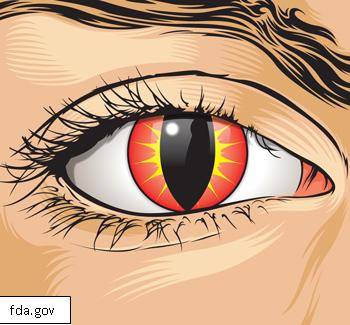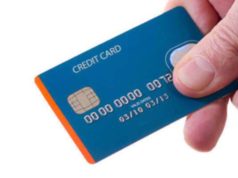
Decorative contact lenses are a popular item, especially when holidays like Halloween are just around the corner. Most people think these items are sold over the counter legally, but all contacts are controlled by the Food and Drug Administration (FDA).
Vendors that advertise these decorative contact lenses as cosmetic items or sell them without requiring a prescription are in direct violation of the law. The law is in place to regulate these items, yes, but the laws are in place to protect the consumer as well.
Many illegal decorative contact lenses come in one size. Prescription contact lenses are for your specific eye size. If you use the wrong sized contact lenses—as people often do with decorative lenses—you can cause serious eye damage like:
-scratches to your cornea
-ulcers in the cornea
-pink eye
-weak vision and even blindness
Bernard Lepri, an optometrist with the FDA, state, “The problem isn’t with the decorative contacts themselves. It’s the way people use them improperly—without a valid prescription, without the involvement of a qualified eye care professional, or without appropriate follow-up care.”
The FDA states that consumers should never buy decorative contact lenses from street vendors, beauty stores or boutiques, Halloween stores, beach shops, or similar stores. You shouldn’t buy the lenses off the internet unless the website requires a prescription. Instead, get a prescription from an eye doctor and go to a seller that requires a prescription. If you notice any problems with your eyes, contact your eye doctor right away.
The FDA points to the story of Laura Butler as a warning to consumers who buy their contact lenses from illegal distributors. Butler bought a pair of decorative lenses from a souvenir shop for $30 while on vacation and ended up paying $2,000 in medical bills. She soon experienced a huge amount of pain after using the contact lenses, and she was diagnosed with corneal abrasion. She could have lost her eye, and she couldn’t drive for 8 weeks because of her vision.
Source: U.S. Food and Drug Administration























